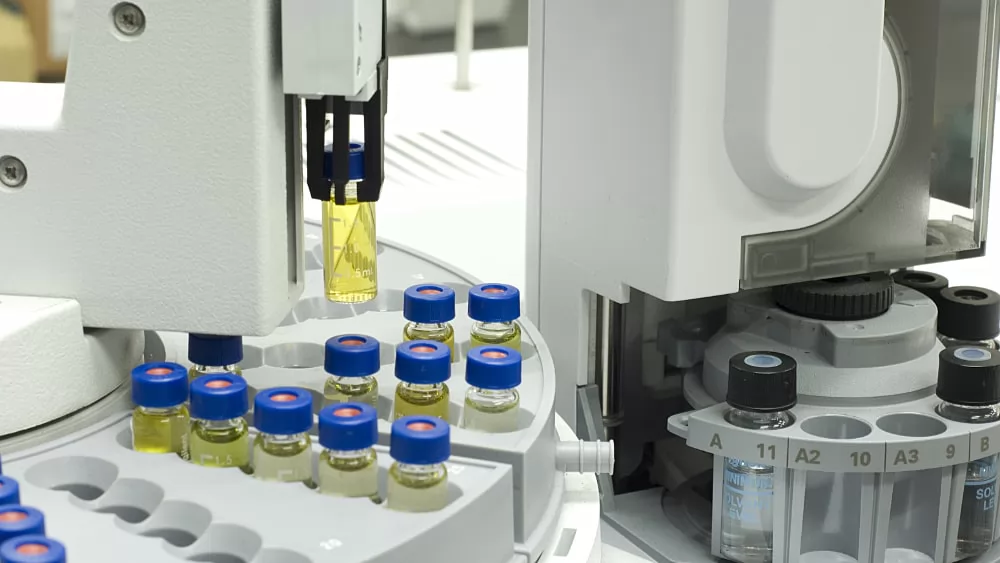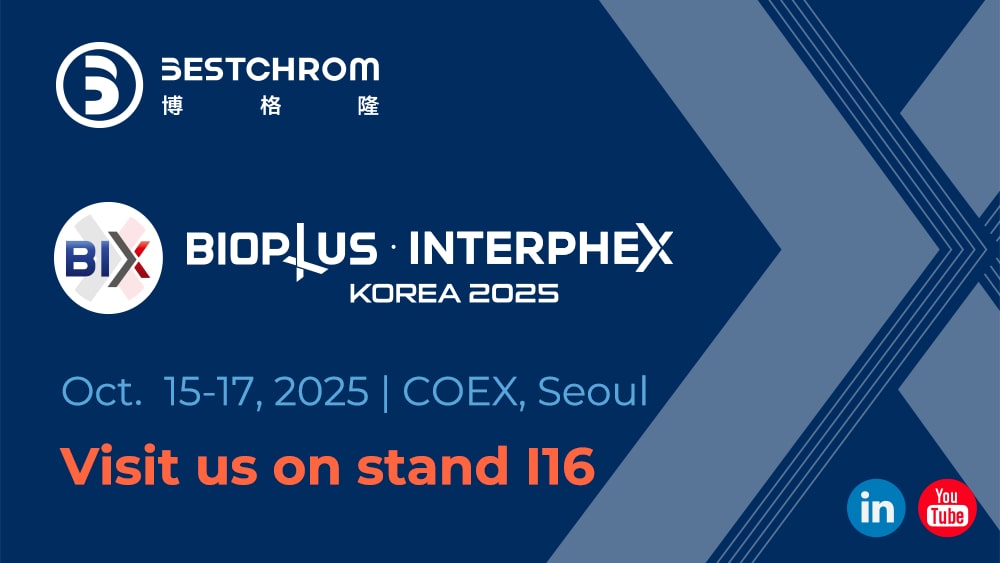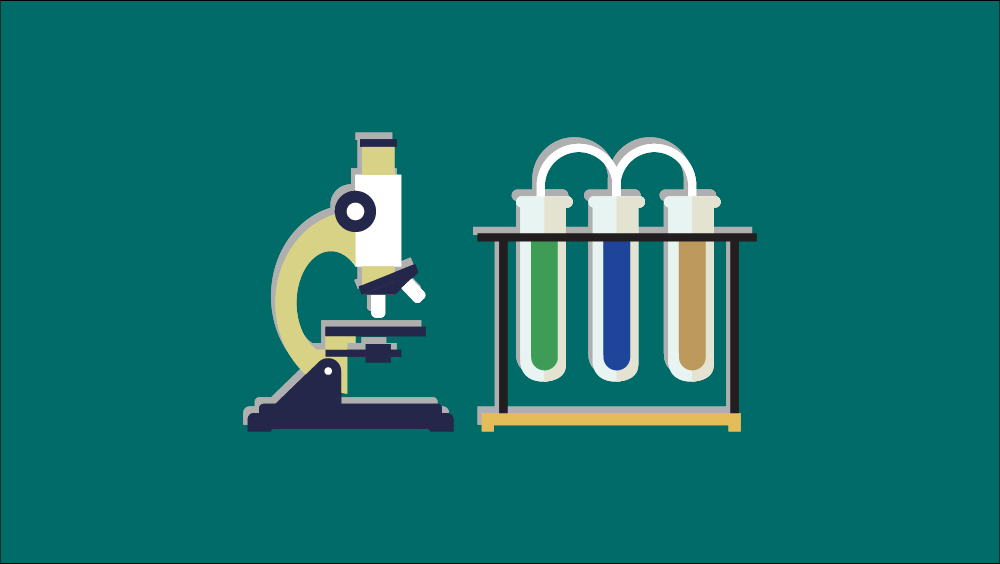Determination of DBC of chromatography resin

Binding capacity refers to the amount of target molecules a type of resin can bind under certain condition. Binding capacity consists of static binding capacity and dynamic binding capacity. During the process of protein purification, the maximum amount of target protein that can be loaded under actual operating conditions is regarded as Dynamic Binding Capacity (DBC), which serves as key criteria in the selection of resins and determination experiment conditions.
Detection and calculation of DBC
Before releasing resin from factory, specific standard protein will be used to do DBC detection on resins, so as to ensure the lot-to-lot consistency of resin as well as get reference for production process. However, type of chromatographic column and sample type will dramatically impact DBC of resin, making on-site DBC detection necessary as a result.
For example, under actual operating conditions, it is possible to regard 10% DBC(binding capacity when concentration of target molecules in flow-through reache 10% of its initial binding capacity during sample loading process) as the end time point of binding capacity detection. See the following steps for calculation:
1. Determine 100% Penetration absorbance value(Abypass): pump the sample(Cfeed, known protein concentration) to bypass till UV monitoring chromatogram becomes stable UV curve, record maximum UV absorbance as Abypass.
2. Determine the basic absorbance (Aoffset): the value of UV baseline stabilizes is Aoffset when sample runs through chromatographic column.
3. Determine breakthrough volumn(Vx): in chromatogram, when UV absorbance(A-Aoffset) is 10% of original sample 100% Penetration absorbance value(Abypass-Aoffset) , the sample loading volume is Vx;
4. Calculate DBC

In case of sample being complex feedstocks such as fermentation broth, it is not possible to get binding capacity only via UV. Thus, other detection methods can be used to judge whether concentration of target molecules in flow-through has reached 10% of original sample concentration.
Cautions
1. While ensuing the accuracy of data, it is necessary to reduce column size. Therefore, it helps to save sample consumption by using pre-packed columns when detecting resin DBC.
2. Select samples enjoying stable quality, which can be helpful in the guidance of subsequent sample purification. For example, target molecules or typical impurities.
3. Pay attention to delay volume. The real breakthrough volume shall consider sample loading volume after deduction of delay volume.
4. The impact of flow velocity on DBC. It is essential to compare DBC at the same residence time.
Applications
5% DBC or 10% DBC detection methods widely applicable in adsorption based resins including affinity, IEX, HIC and mixed-mode resins. To reduce the loss of target proteins during purification process, it is common to multiply sample DBC by safety factor to guarantee yield. For example, when doing scale-up, 80%×10%DBC of sample loading volume shall be the max loading capacity in practical operation.
Conclusion
The value of DBC directly determines the loading volume of sample. Specifically, resin with high DBC can bind more target proteins at relatively high flow velocity, as well as raise efficiency in resin using while ensuring purification performance. Resin DBC can vary from different samples. Therefore, data from actual measurement play a key role in the calculation of sample loading volume and chromatographic column specification.









.png)


